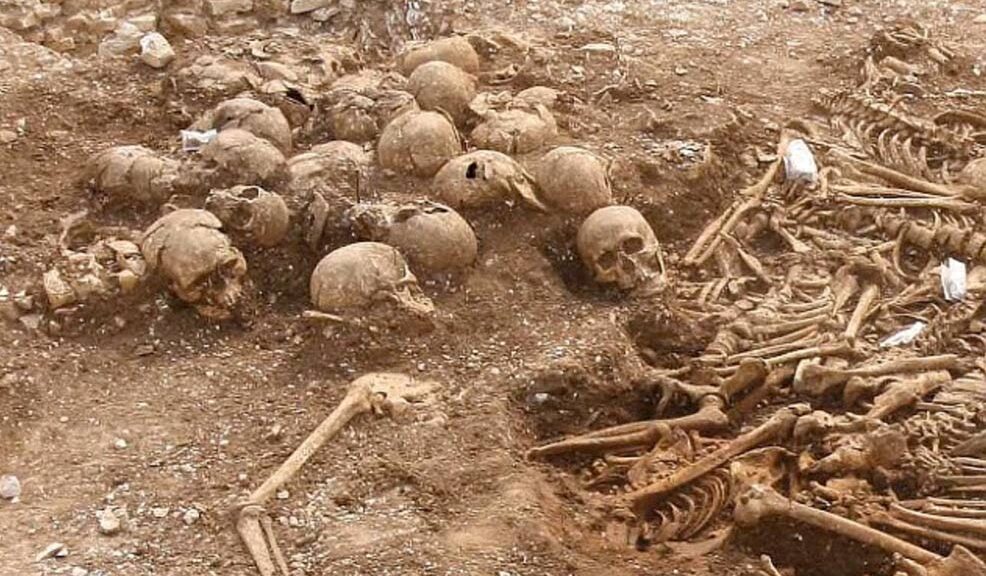Headless Vikings The “Most exciting & Disturbing” Archaeological Discoveries in Britain In Recent Years
Archeologists made a surprising finding in Dorset, England in June 2009, in the coastal town of Weymouth. During excavations in preparation for the planned Weymouth Relief Route, archaeologists discovered a mass grave containing 54 dismembered skeletons and 51 skulls in a pile within a disused Roman quarry.
This odd discovery prompted us to ask who these people were and why they were so tragically murdered. Through scientific testing and analysis, archaeologists concluded that the remains belonged to Scandinavian Vikings.
It is particularly shocking the sheer scale of this discovery, “as any mass grave is relatively uncommon, but to find one on this scale, from this period of history, is extremely unusual,” said David Score of Oxford Archaeology

Although exact dating has not been confirmed, it is believed that the remains are those of individuals who lived sometime during the early Middle Ages, between the 5 th and 10 th centuries.
The deaths likely occurred during, and as a result of, the conflict between the Anglo-Saxons and Viking invaders. All of the remains are from males mostly aged from their late teens to 25 years old, with a few being somewhat older.
None of the remains show any sign of battle wounds, beyond wounds inflicted during the execution, so it is likely that these men were captives rather than members of the military. No clothing or other remnants were found within the pit, leading to speculation that the men were naked when they were executed.

The men appear to have been killed all at the same time, and the executions appear to have been carried out hastily and rather chaotically. Some of the individuals showed multiple blows and deep cuts to the vertebrae, jawbones, and skulls.
Damage to the hand and wrist bones indicates that some of them may have braced against the execution with their hands. When the remains were discovered, the skulls, leg bones, and rib bones were arranged into separate piles. It appeared that the pit had not been dug specifically for this purpose and that it just happened to be a convenient spot to dump the bodies.
One interesting detail is that there were three fewer skulls than the number of skeletons within the pit. It is believed that three of the heads may have been kept as souvenirs or placed on stakes. They may have been high-ranking individuals.

There have been multiple theories as to who these men were and why they were executed. As a group, they appear to have been healthy and robust individuals. They were all of the fighting age, and they were far from home when executed.
Scientific isotope testing conducted on the men’s teeth indicates that they were of very diverse origins, and likely from Scandinavia. Kim Siddorn, author of Viking Weapons and Warfare, has speculated “[t]hey had left their ship, walked inland, ran into an unusually well-organized body of Saxons, and were probably forced to surrender.”
This is corroborated by the fact that the location of their deaths was a central location in conflicts between native Saxons and invading Vikings.
It is also speculated that the executions may have taken place in front of an audience, as some sort of display of power, authority, and triumph. In a documentary by National Geographic, called Viking Apocalypse, Dr. Britt Baillie suggested a link between these executions and the St. Brice’s Day massacre, or that those executed were actually defectors or traitors killed by their own men.
A gruesome find such as this brings forth many questions. It is hoped that further archaeological discoveries in the area may help provide answers to what occurred on that fateful day.
